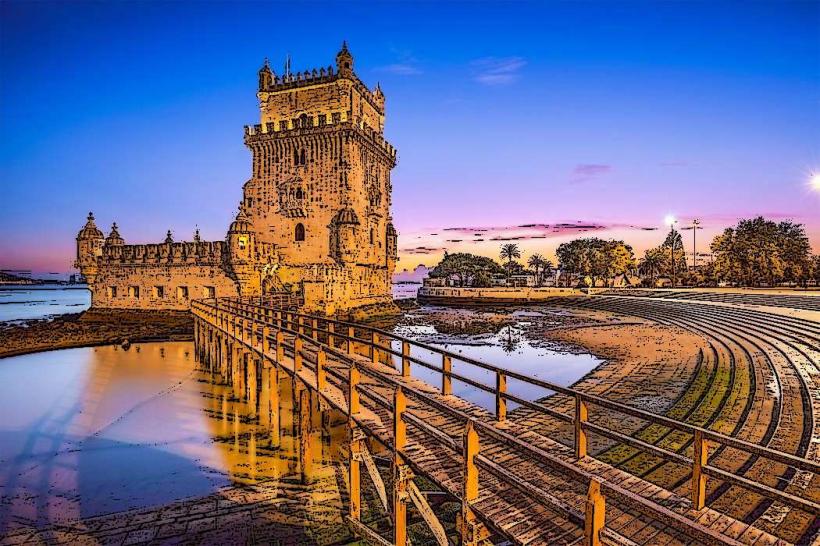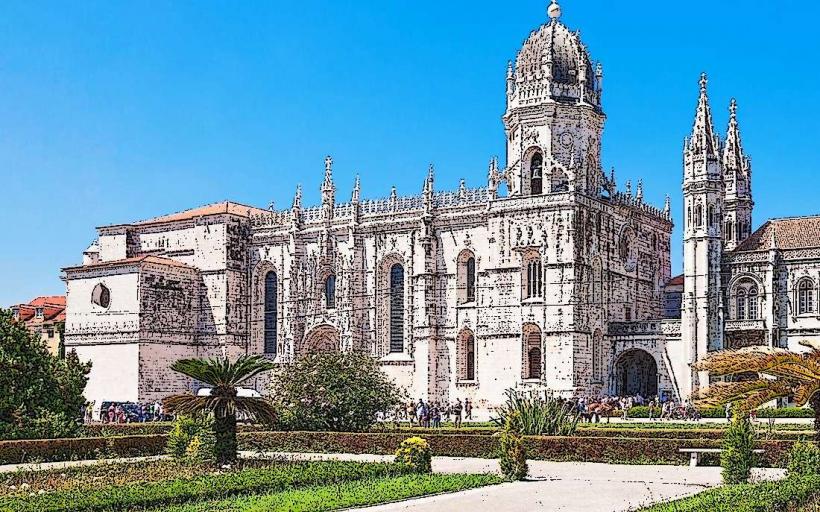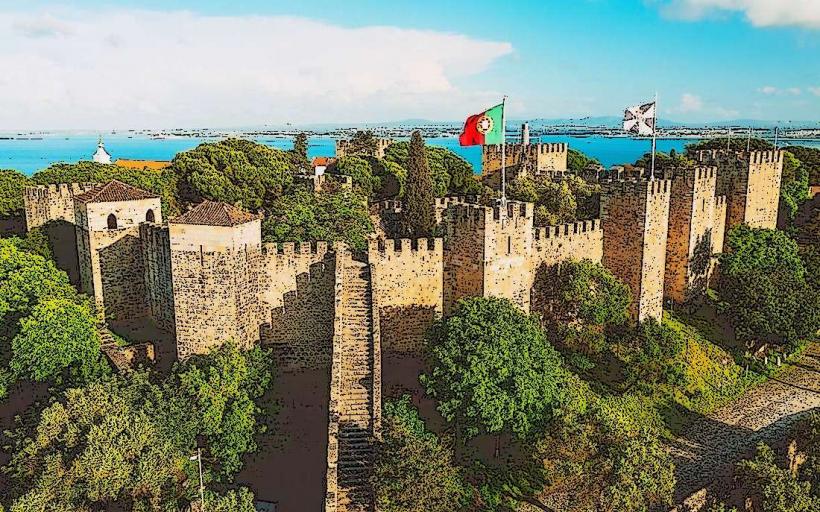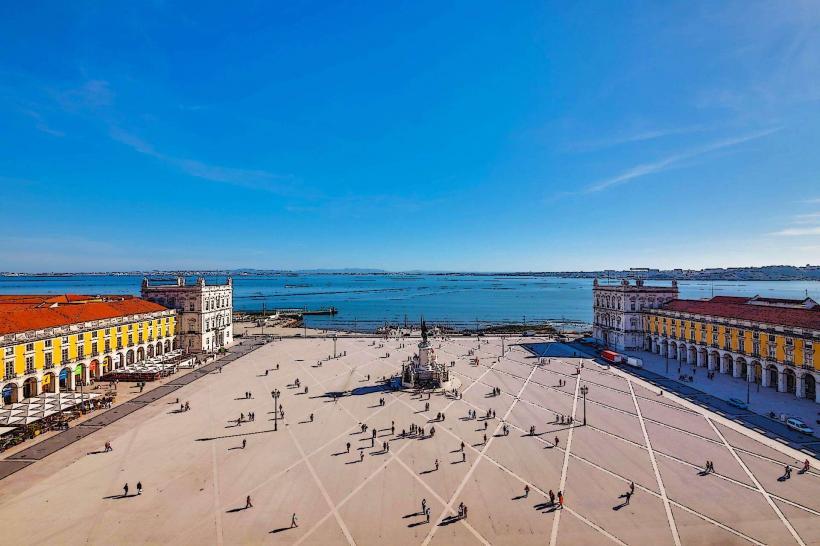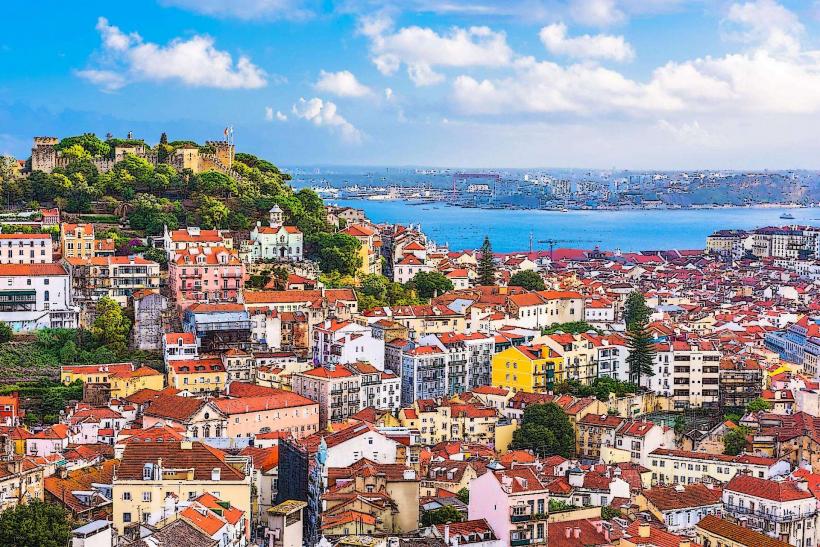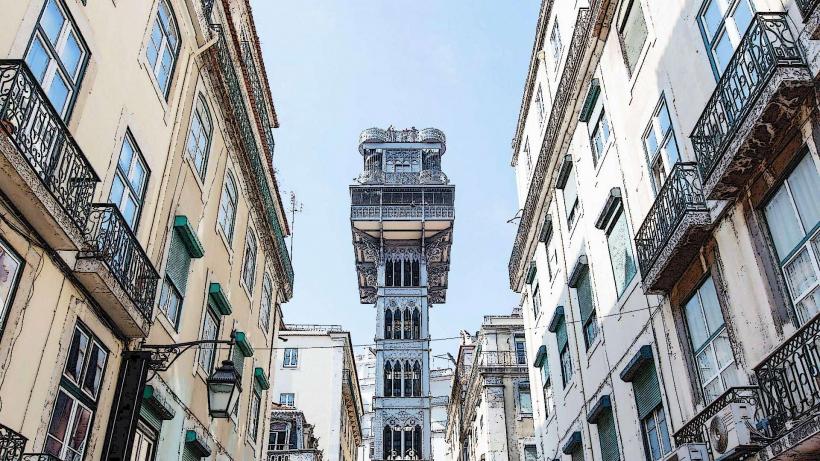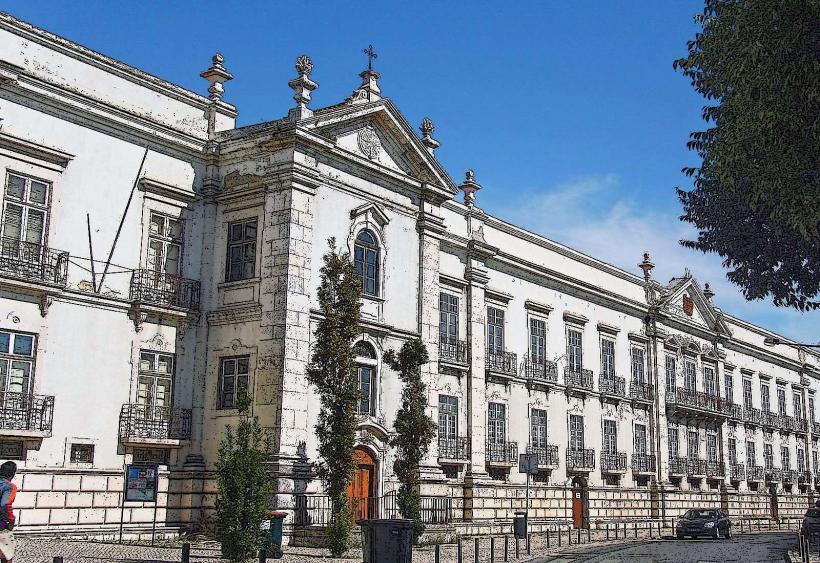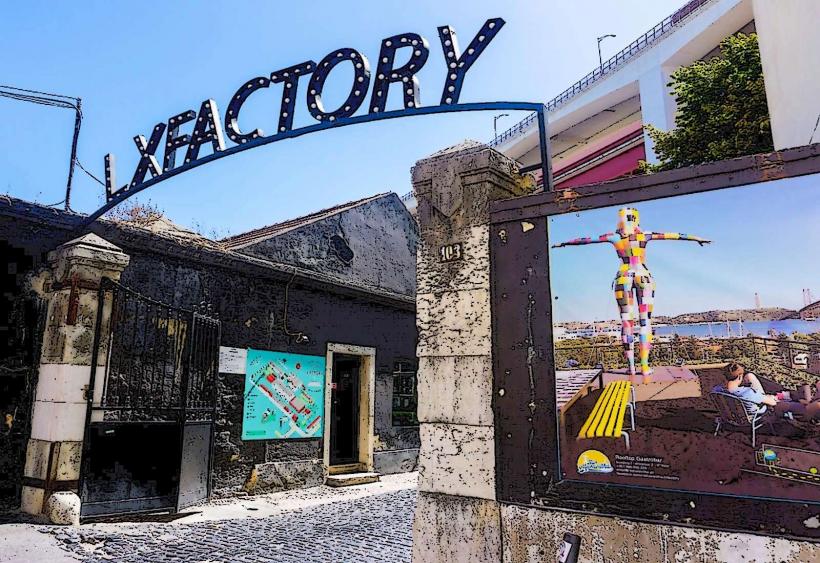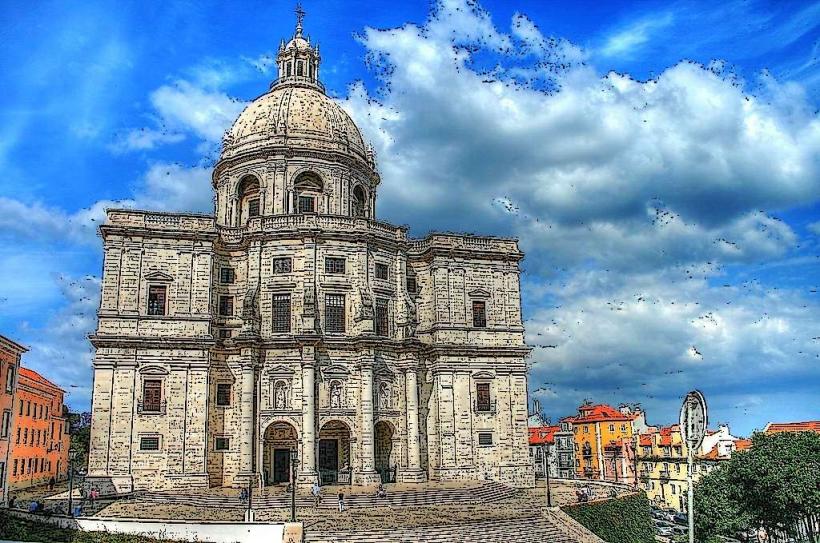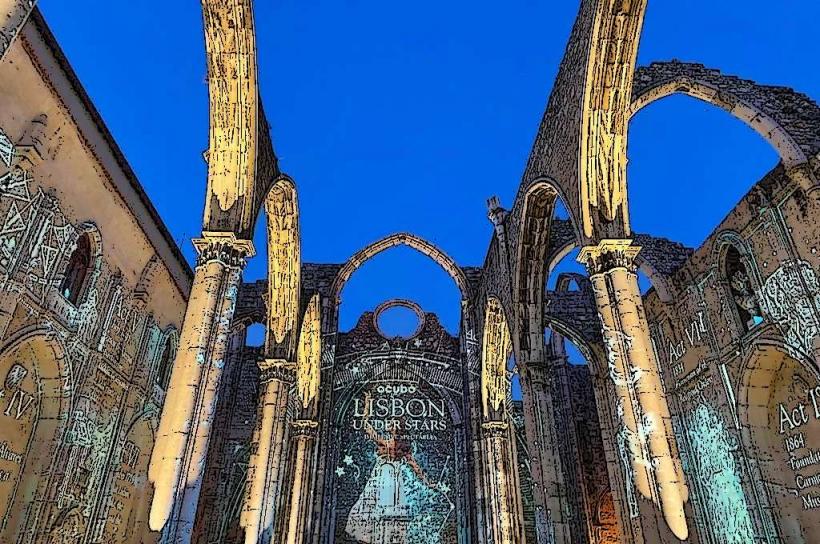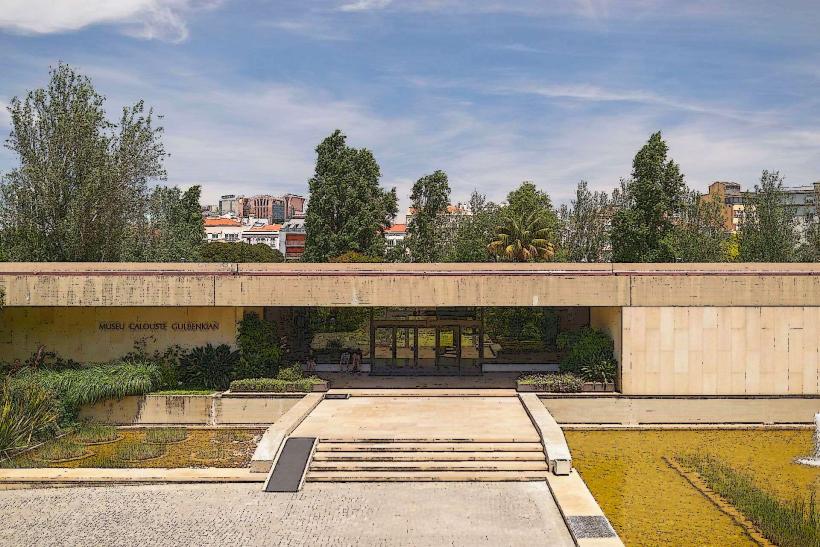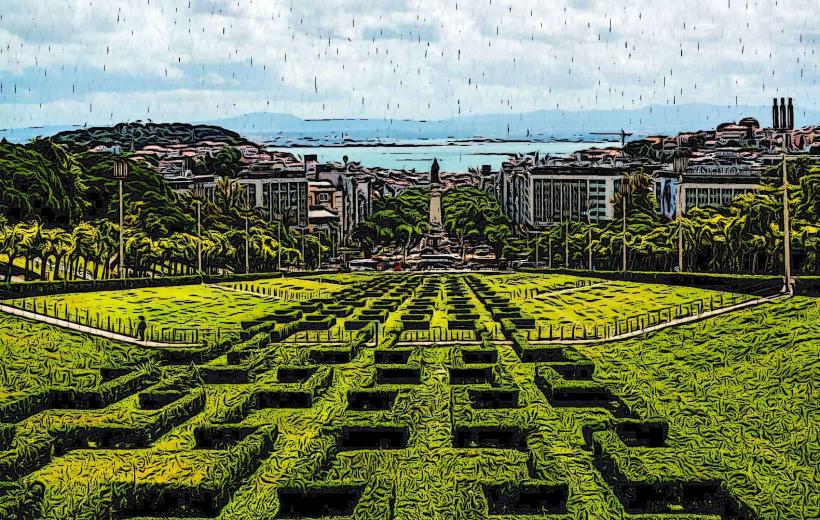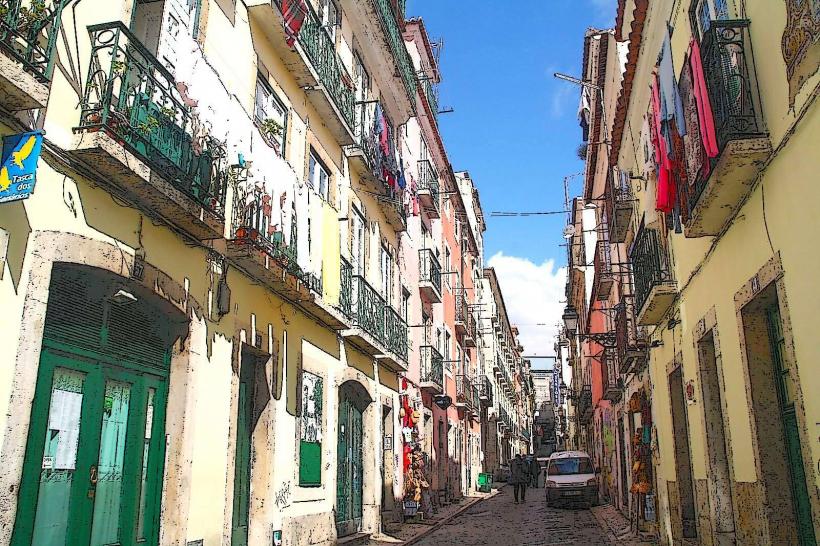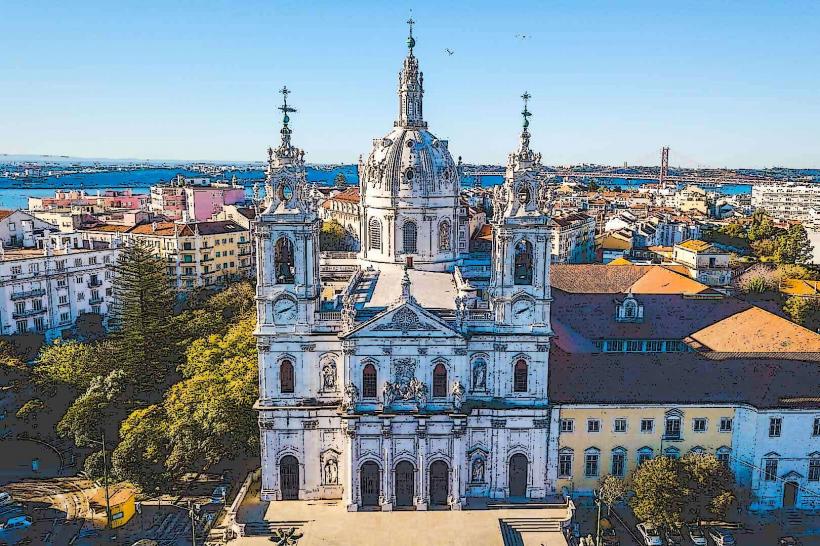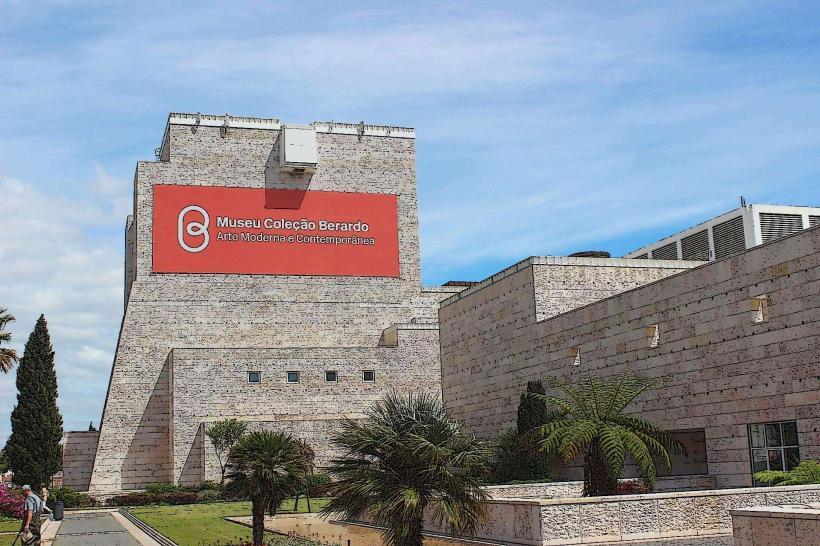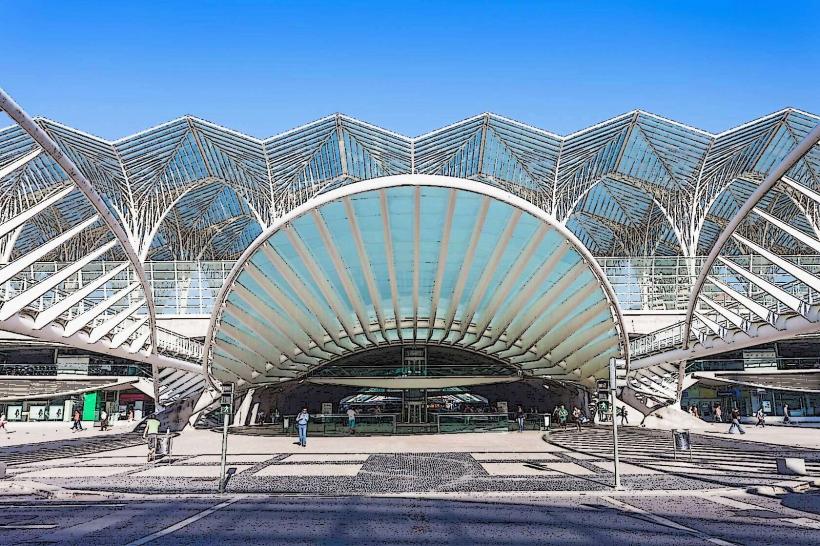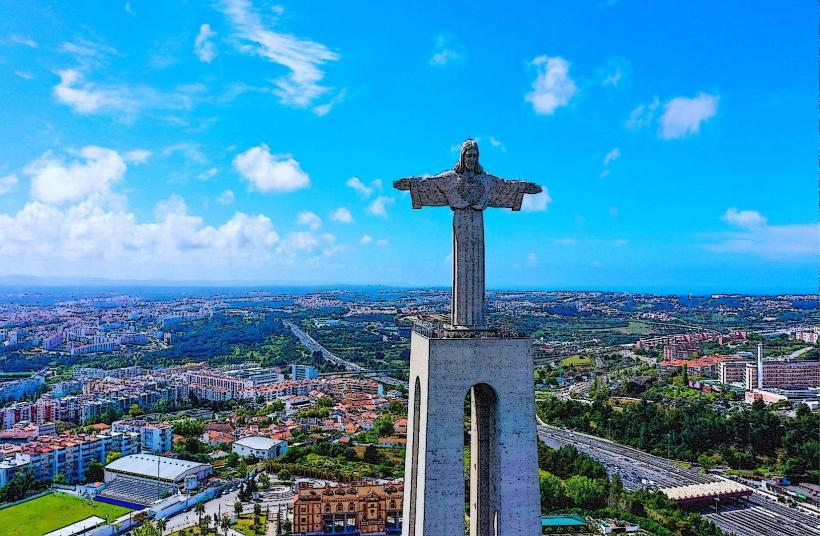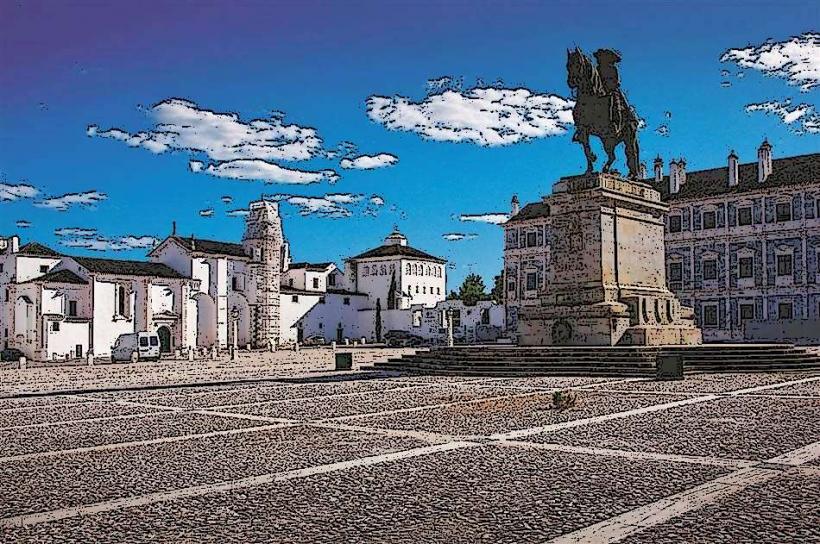Information
Landmark: Lisbon CathedralCity: Lisbon
Country: Portugal
Continent: Europe
The Lisbon Cathedral (Sé de Lisboa) is one of the most important and historic landmarks in the city. It is the oldest and most significant religious building in Lisbon, with a history dating back nearly 900 years. Situated in the heart of the Alfama district, the cathedral is a symbol of the city’s religious, cultural, and architectural heritage.
1. History
- Foundation: The Lisbon Cathedral was originally built in 1147 by King Afonso I of Portugal (Afonso Henriques) following the Reconquista of Lisbon from the Moors. It was constructed to commemorate the Christian victory over the Muslim rulers of the city.
- Architectural Influences: The cathedral was built in the Romanesque style, with influences from Gothic, Baroque, and Moorish architecture, resulting from the various phases of its construction and later alterations.
- Historical Events: The cathedral has witnessed many significant events in Portuguese history. It was damaged several times by earthquakes, most notably the 1755 earthquake, after which it was repaired and restored. Throughout its history, the cathedral has been a central part of the religious life of Lisbon.
2. Architecture and Design
- Romanesque and Gothic Styles: The Lisbon Cathedral is a striking blend of architectural styles, with the Romanesque style predominating in the structure. The cathedral's design includes rounded arches, thick walls, and fortified elements, making it appear more like a fortress than a traditional church. Over time, the cathedral has also incorporated Gothic and Baroque elements, especially in the interior and altar areas.
- Facade: The west facade of the cathedral features two large towers that frame the entrance. The towers were built in the Romanesque style, with thick walls and small windows. The rose window above the entrance is a Gothic addition, and it is beautifully designed with intricate patterns and vibrant stained glass.
- Interior: The interior of the cathedral is spacious, with a large nave and side aisles. The design features Romanesque columns, arched vaults, and stained-glass windows that create a solemn and reflective atmosphere. The altar area includes Baroque altarpieces, while the choir features Gothic elements, creating a harmonious blend of styles.
- Chapel of Saint Anthony: One of the notable chapels inside the cathedral is dedicated to Saint Anthony of Lisbon, a beloved saint who was born in the city. This chapel is decorated with vibrant tiles and artwork.
- Treasury and Crypt: Beneath the cathedral lies a crypt that houses the tombs of some significant Portuguese royalty, including members of the House of Burgundy and other important historical figures. The treasury holds religious artifacts, including ancient relics and vestments.
3. Significant Features
- The Cloister: The cloister of the Lisbon Cathedral is a beautiful and peaceful space. It features Moorish-style arches and gothic columns, as well as several medieval tombstones. This area offers a glimpse into the cathedral’s past and provides a tranquil place for reflection.
- The Rose Window: The rose window above the entrance is a spectacular feature, with intricate glasswork that depicts biblical scenes. The stained-glass window allows light to filter into the cathedral, creating a mystical effect in the interior.
- Bells: The cathedral has several bells, some of which date back to the 16th century. The bells are still used for religious ceremonies, and the bell tower offers views over the historic Alfama district and the city of Lisbon.
4. Cultural and Religious Role
- Cathedral of the Archdiocese of Lisbon: The Lisbon Cathedral is the seat of the Archbishop of Lisbon, making it the most important religious building in the city. It plays a central role in the spiritual life of Lisbon, hosting regular masses, weddings, and other religious services.
- Tourism and Pilgrimage: The cathedral is not only a place of worship but also a major tourist attraction. Visitors come from around the world to admire its architectural beauty, explore its historical significance, and learn about its connection to the city’s past.
- Religious Events: The Lisbon Cathedral hosts important religious celebrations, such as Easter Masses, Christmas services, and the feast day of Saint Anthony, Lisbon’s patron saint. During these times, the cathedral becomes a focal point for the local community.
5. Location and Accessibility
- Alfama District: The cathedral is located in the Alfama district, one of the oldest and most picturesque neighborhoods in Lisbon. The area is known for its narrow streets, traditional houses, and historic atmosphere, making it a popular destination for visitors to Lisbon.
- Public Transport: The Lisbon Cathedral is easily accessible via public transport. The nearest tram and bus stops are just a short walk away, and the Santa Apolónia metro station is within walking distance.
- Opening Hours: The Lisbon Cathedral is generally open to visitors throughout the day. However, it’s important to check for any special events or services, which might affect visiting times. There may also be certain times when parts of the cathedral are closed for religious ceremonies.
6. Visitor Experience
- Admission: Entrance to the Lisbon Cathedral is usually free, but there may be a fee to access certain parts of the building, such as the treasury or crypt. There is also a small fee for visiting the cloister and museum, which provides a deeper insight into the cathedral's history and significance.
- Guided Tours: Visitors can explore the cathedral independently or join a guided tour to learn more about its history, architecture, and cultural importance. The tours often include visits to the cloister, museum, and crypt, as well as explanations about the different architectural styles seen throughout the building.
- Nearby Attractions: The Lisbon Cathedral is located near several other key landmarks, such as the Castelo de São Jorge (St. George’s Castle), the Miradouro de Santa Luzia viewpoint, and the Fado Museum, making it a great starting point for exploring the Alfama district and its cultural offerings.
7. Summary
The Lisbon Cathedral is a must-visit for anyone interested in the history and culture of Lisbon. Its impressive blend of Romanesque, Gothic, and Baroque styles, along with its significant historical and religious role, make it a key landmark in the city. Whether you’re drawn by its architectural beauty, its role in Lisbon’s religious life, or its connection to the city’s history, the cathedral is an essential part of the Lisbon experience. Its central location in the historic Alfama district makes it a great starting point for exploring one of Lisbon's most charming neighborhoods.

